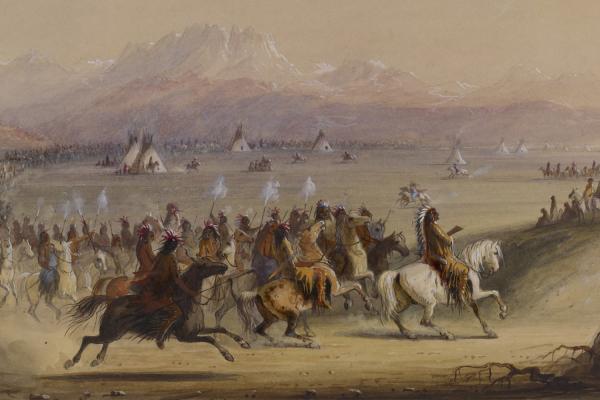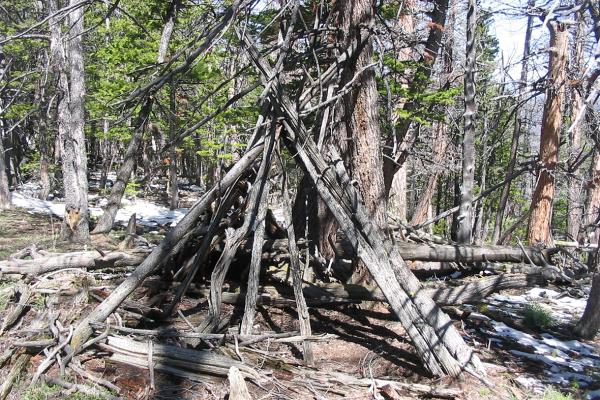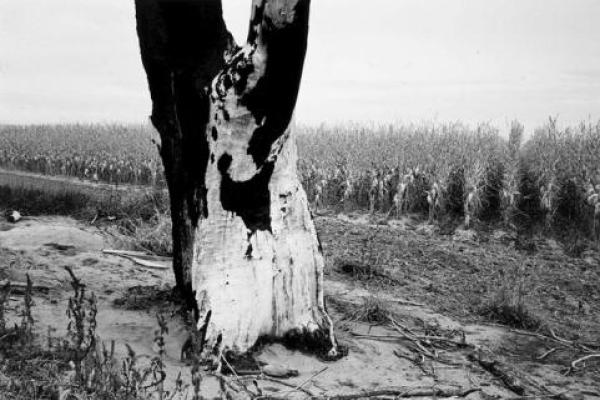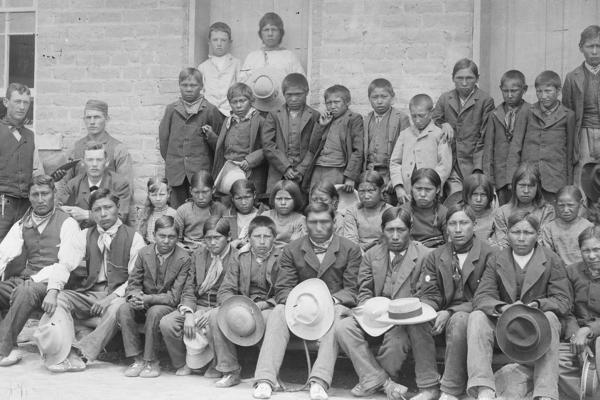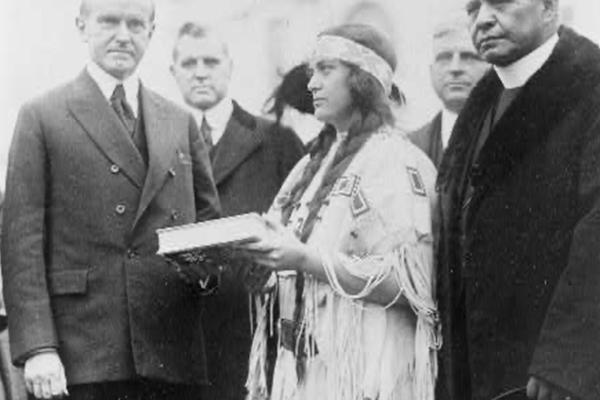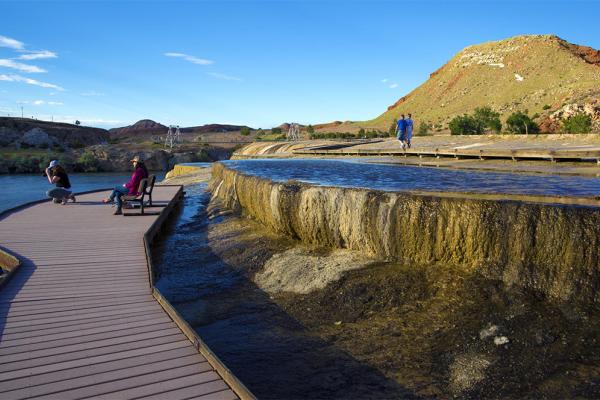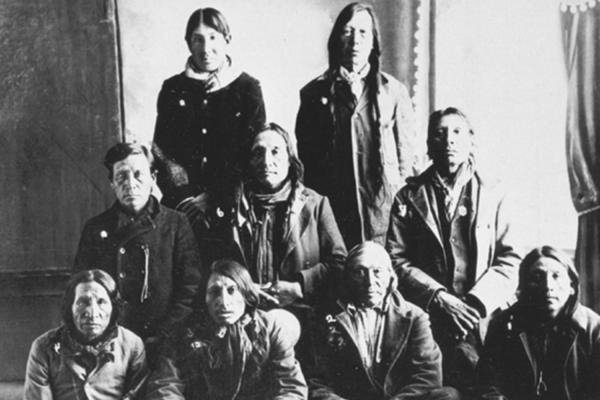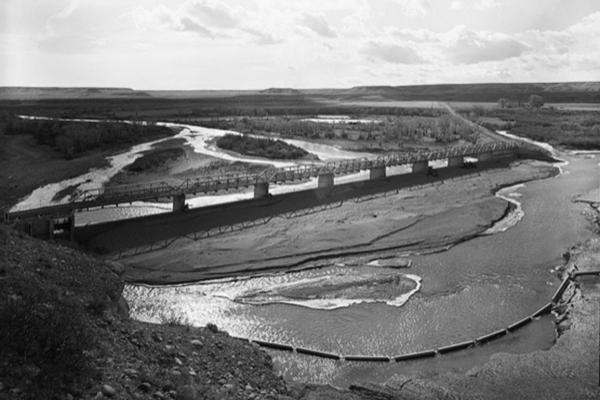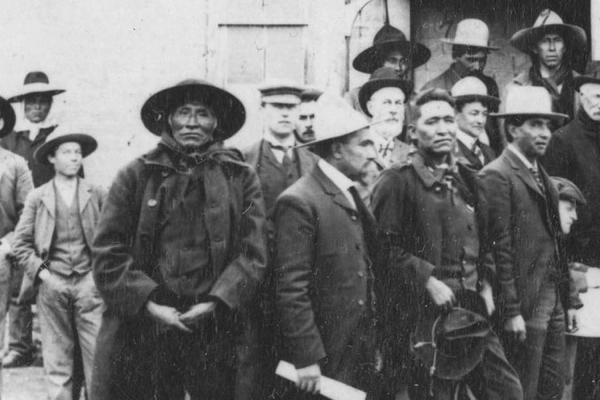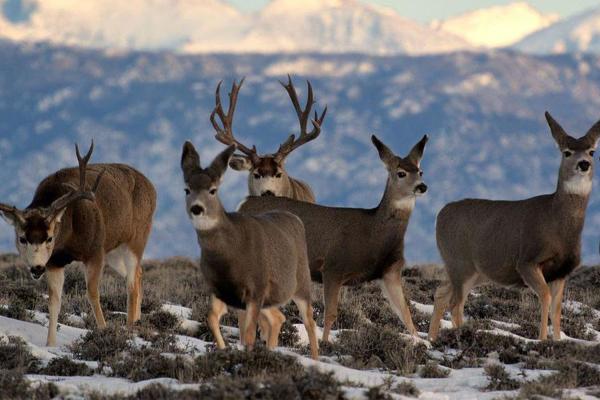In March 2017 the Wyoming Legislature passed and Gov. Matt Mead signed a new law directing our public schools to offer more about the history and culture of the Eastern Shoshone, Northern Arapaho and other tribes of the region. With the help of scholars, tribal elders and educators on the Wind River Reservation, we began adding to our content about American Indians, and educators on the reservation have begun helping us develop classroom materials to accompany these articles. For a selection of the articles, click on the links below. For more information on the classroom materials—digital toolkits of Wyoming history, we call them—visit our Education page. These efforts are possible with generous support from the Wyoming Humanities Council, the Wyoming Cultural Trust Fund, the Ellbogen Family Foundation, a steadily growing list of Wyoming school districts—and the tribal members who consulted on the content. Special thanks to all.


